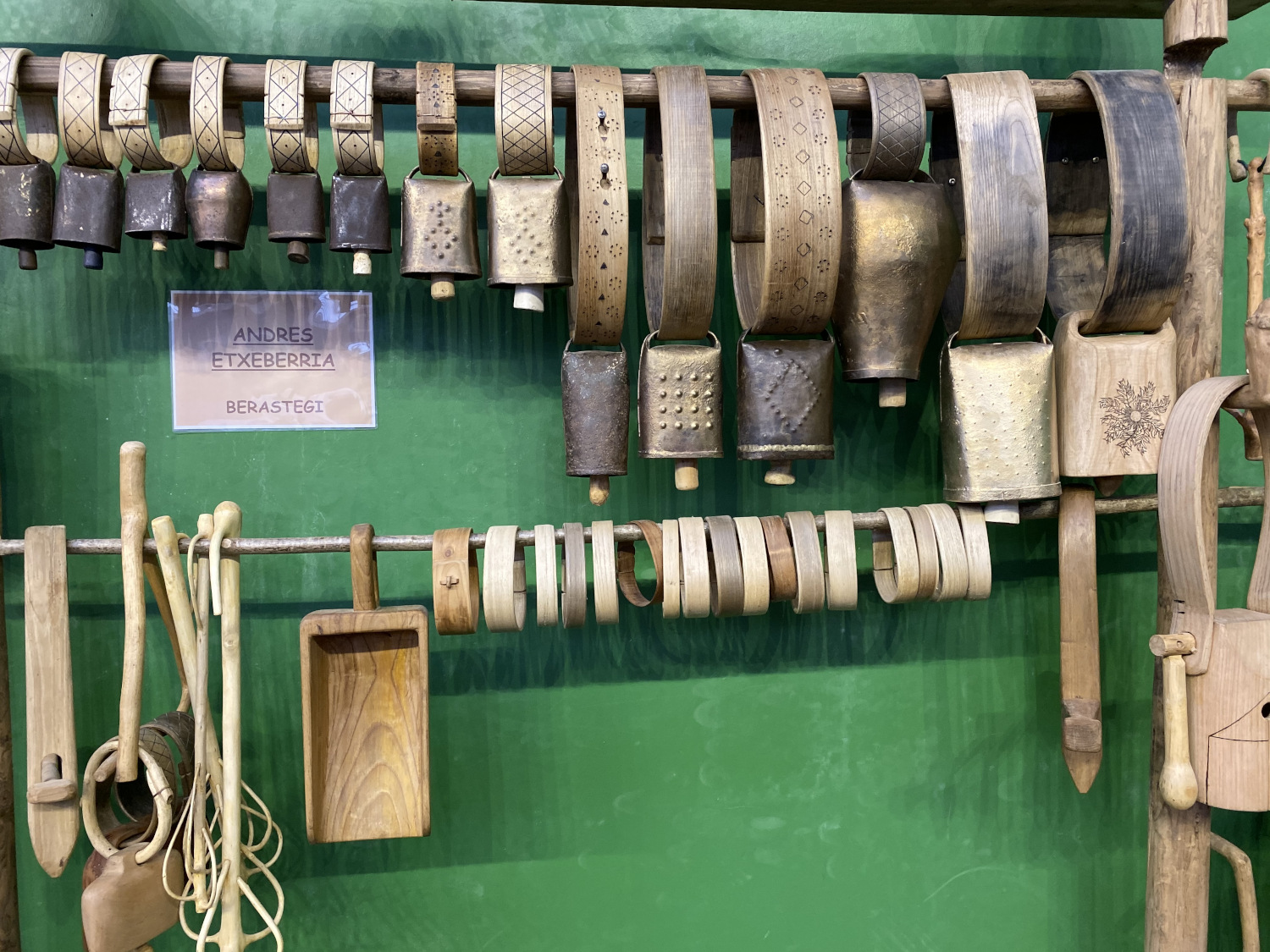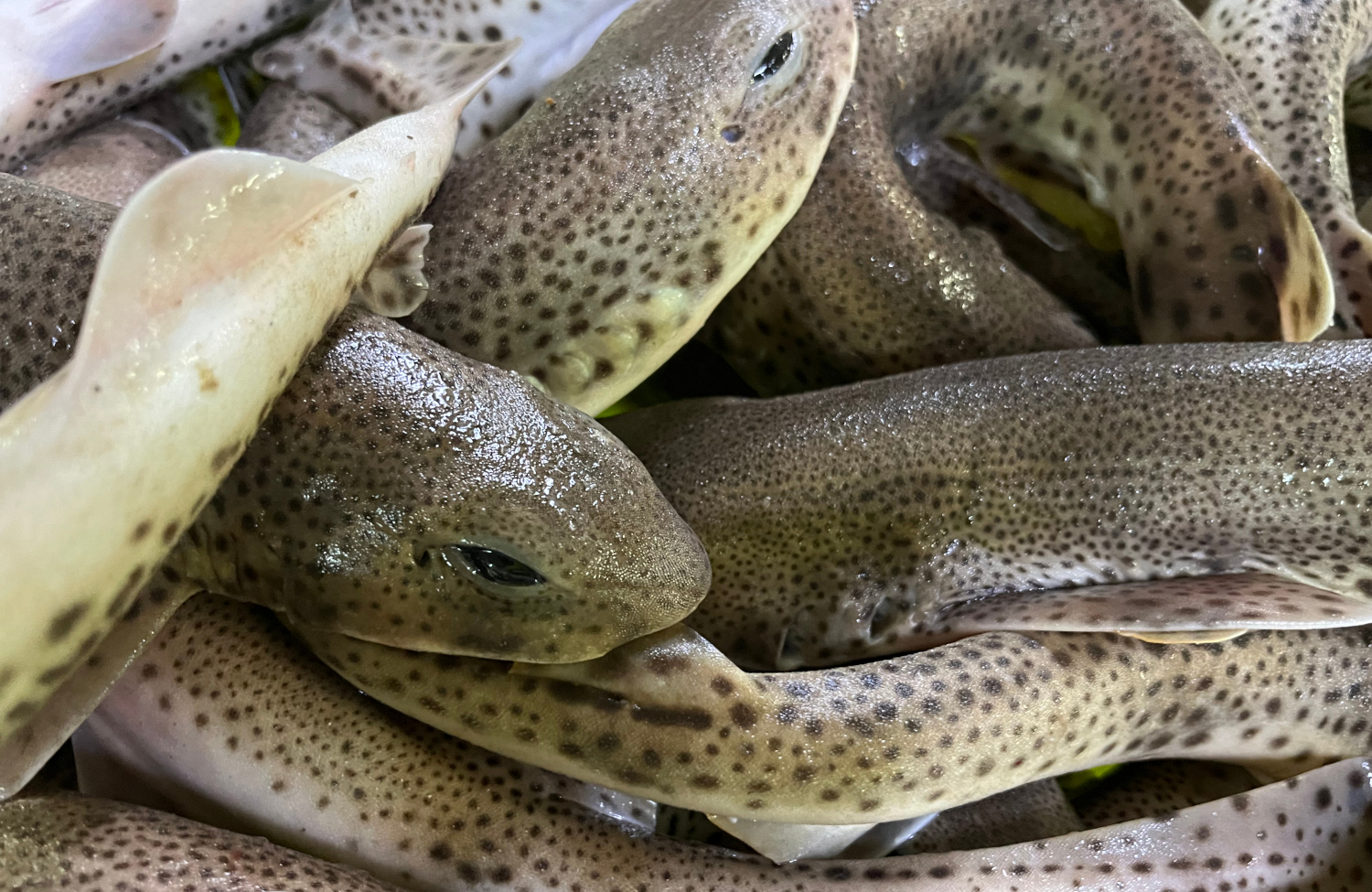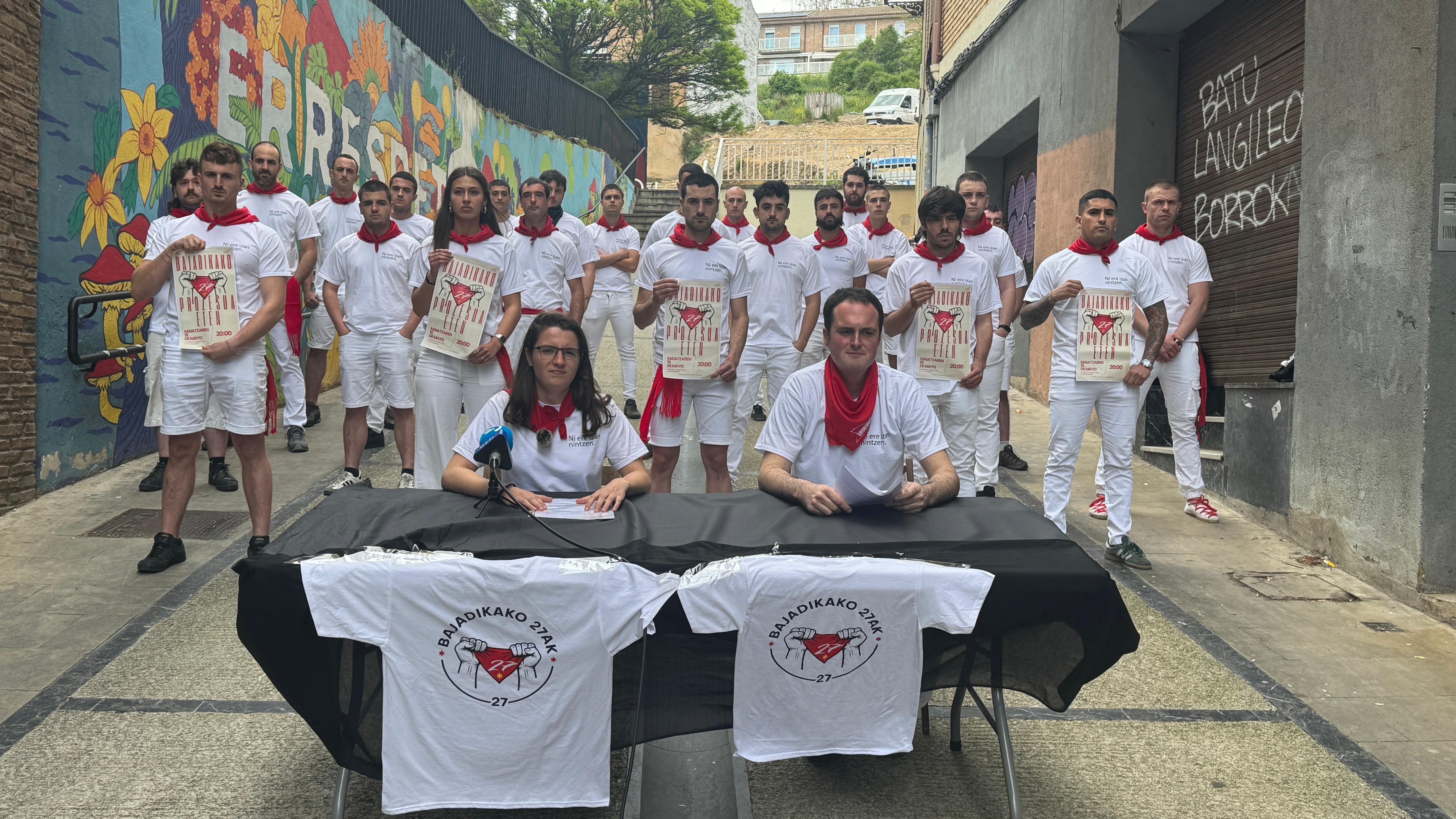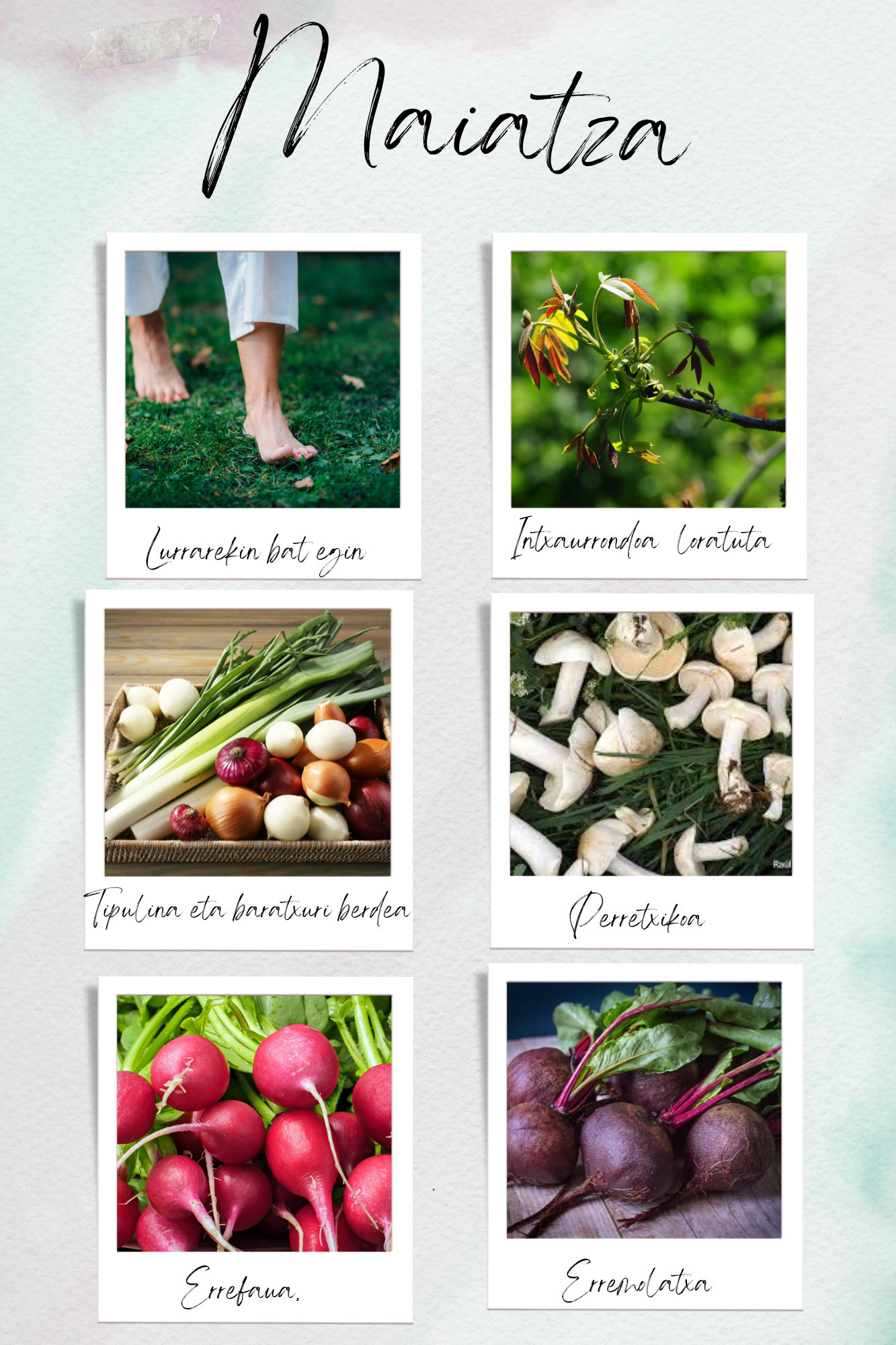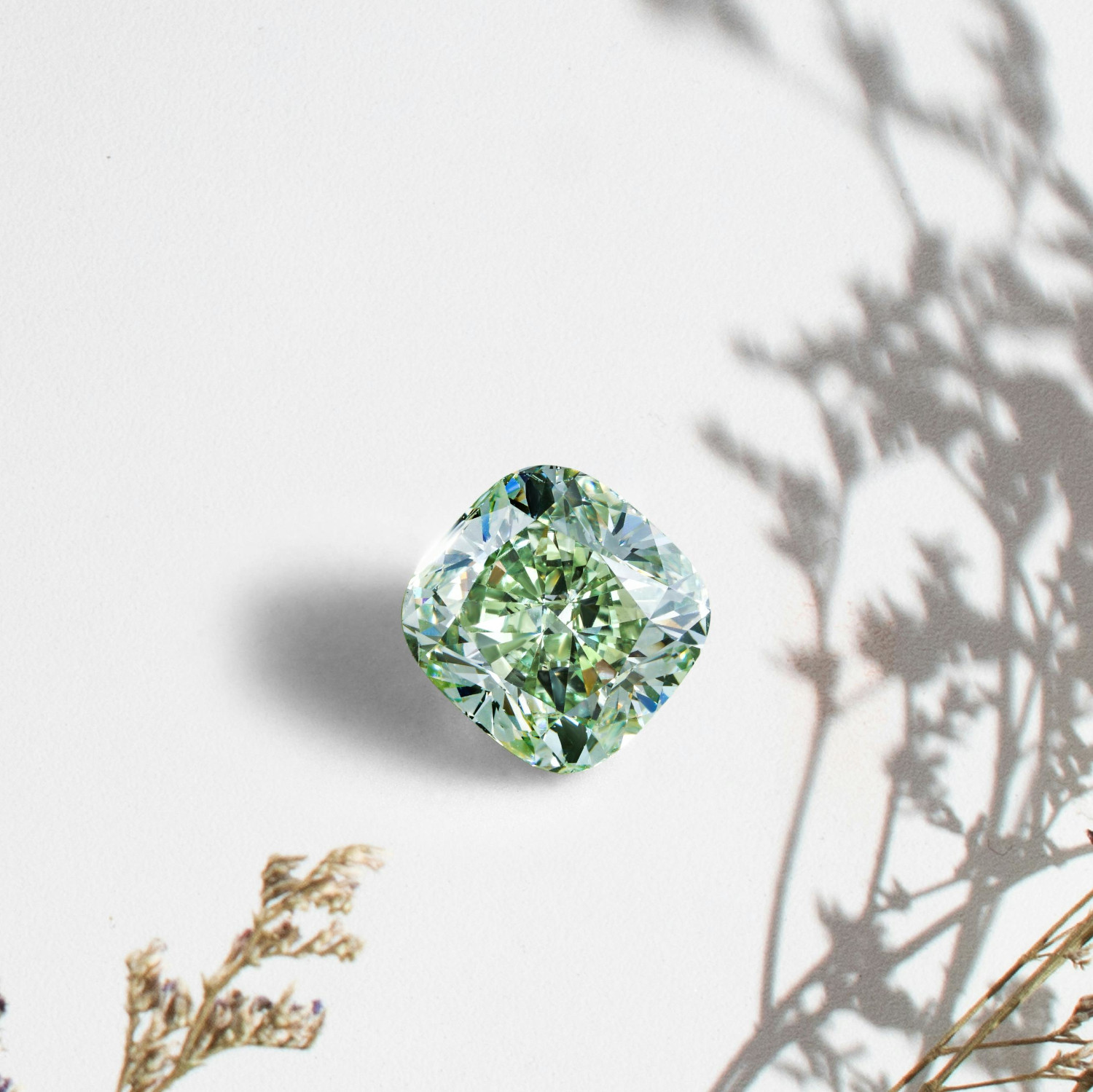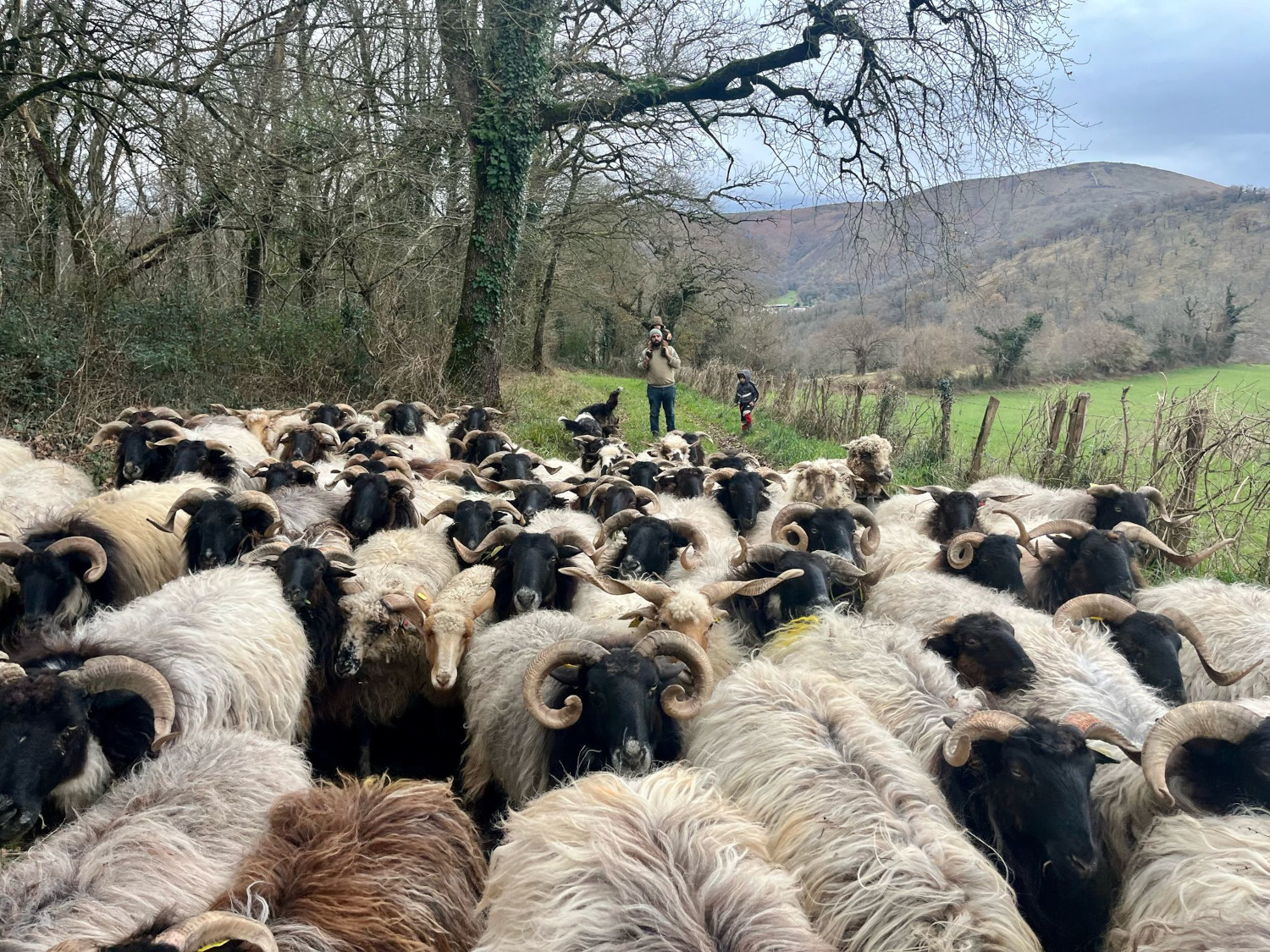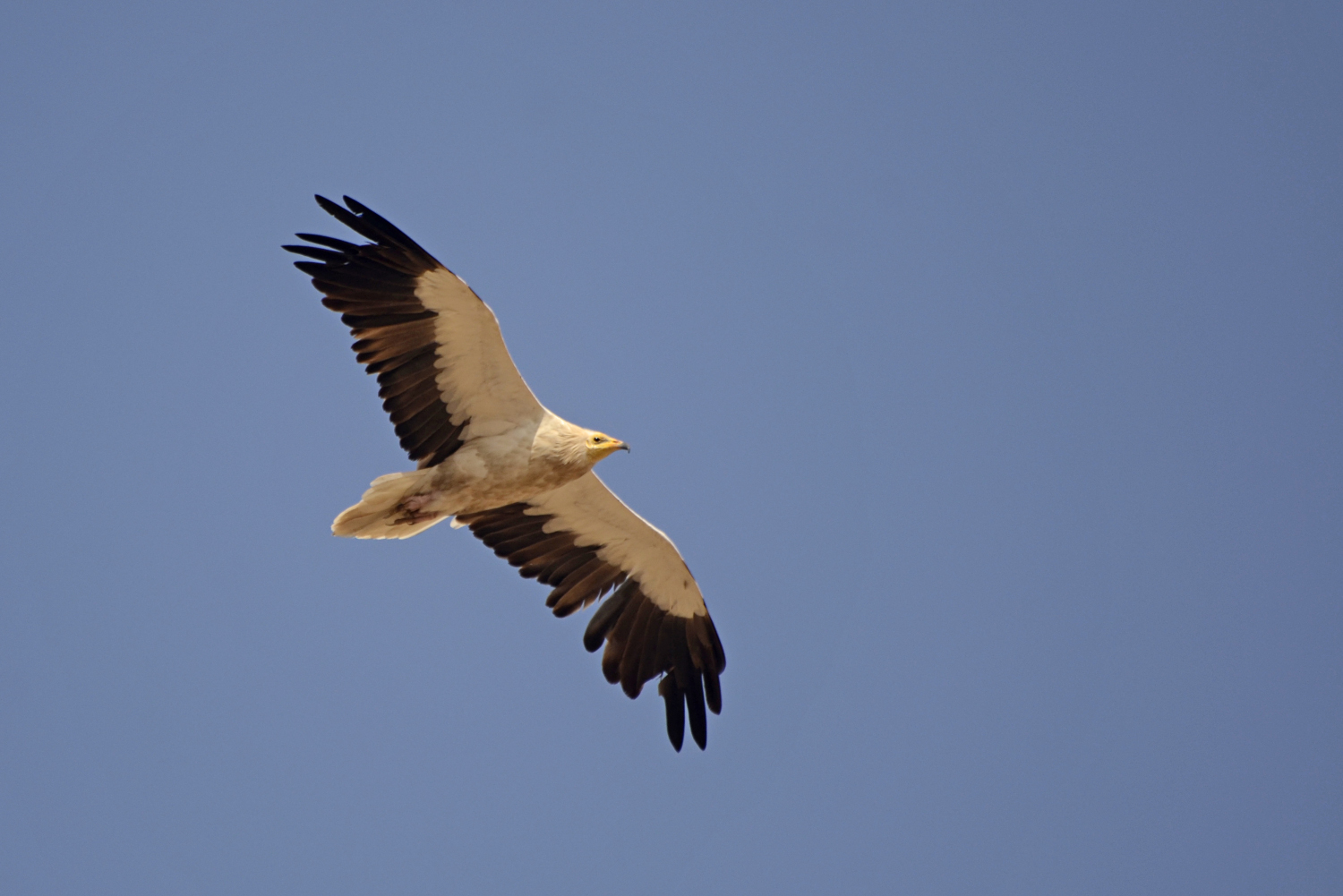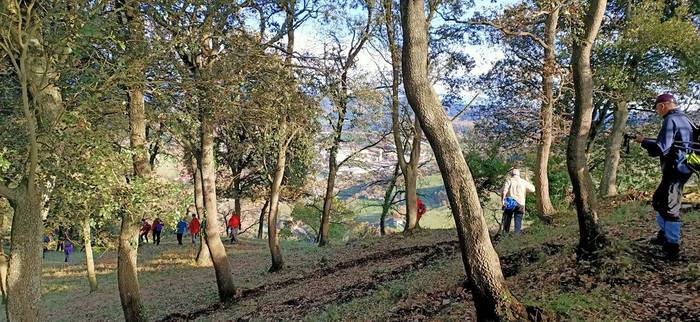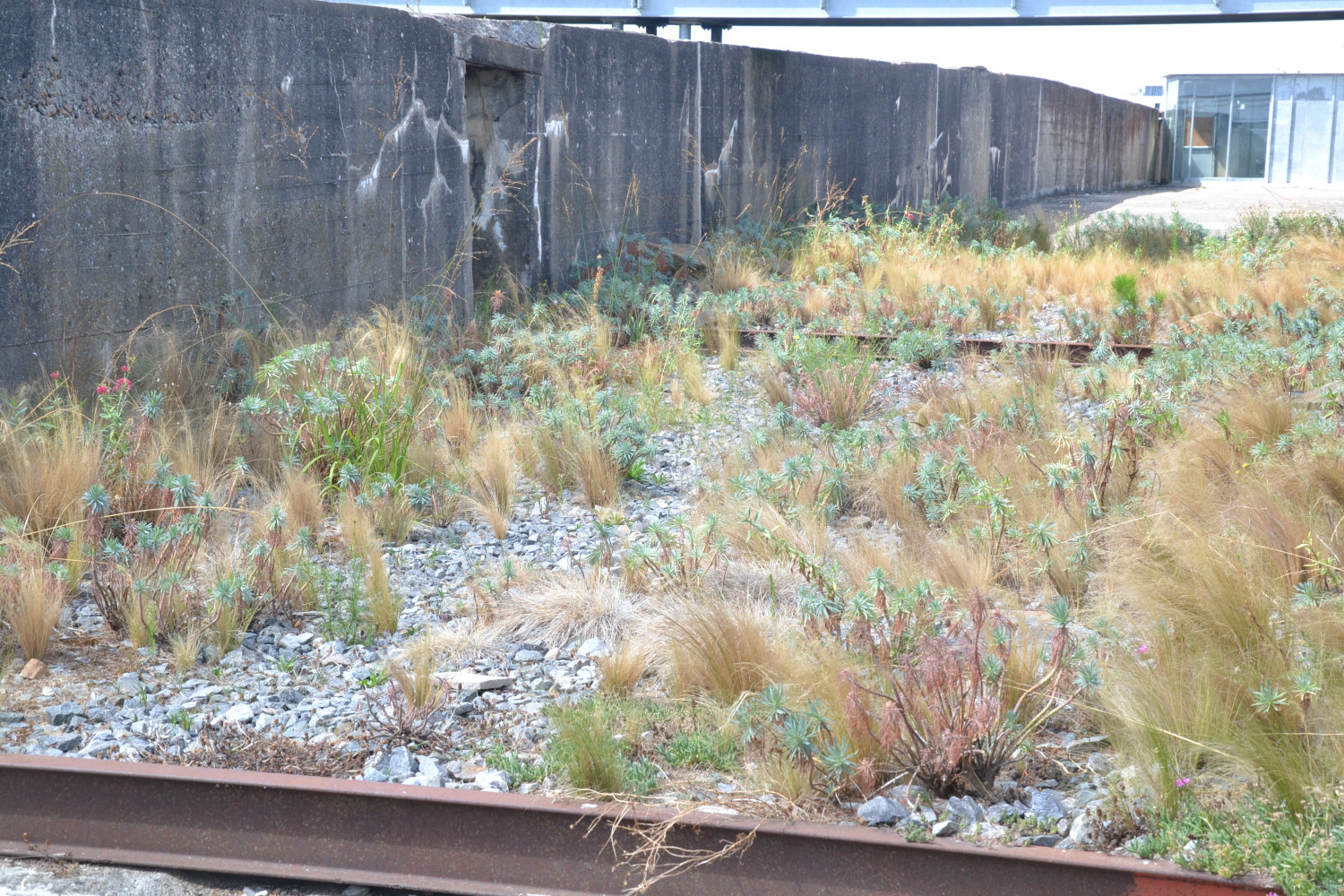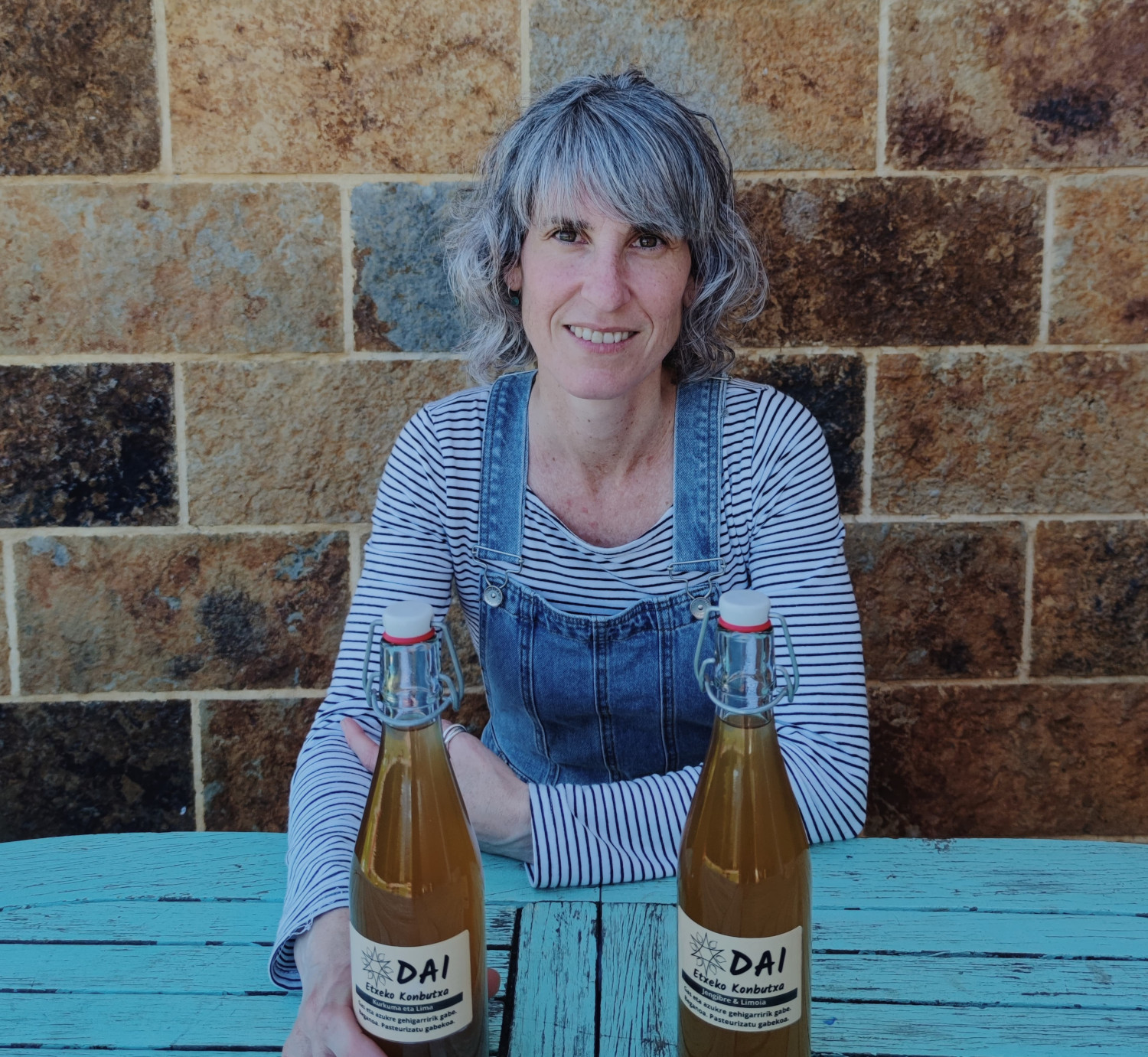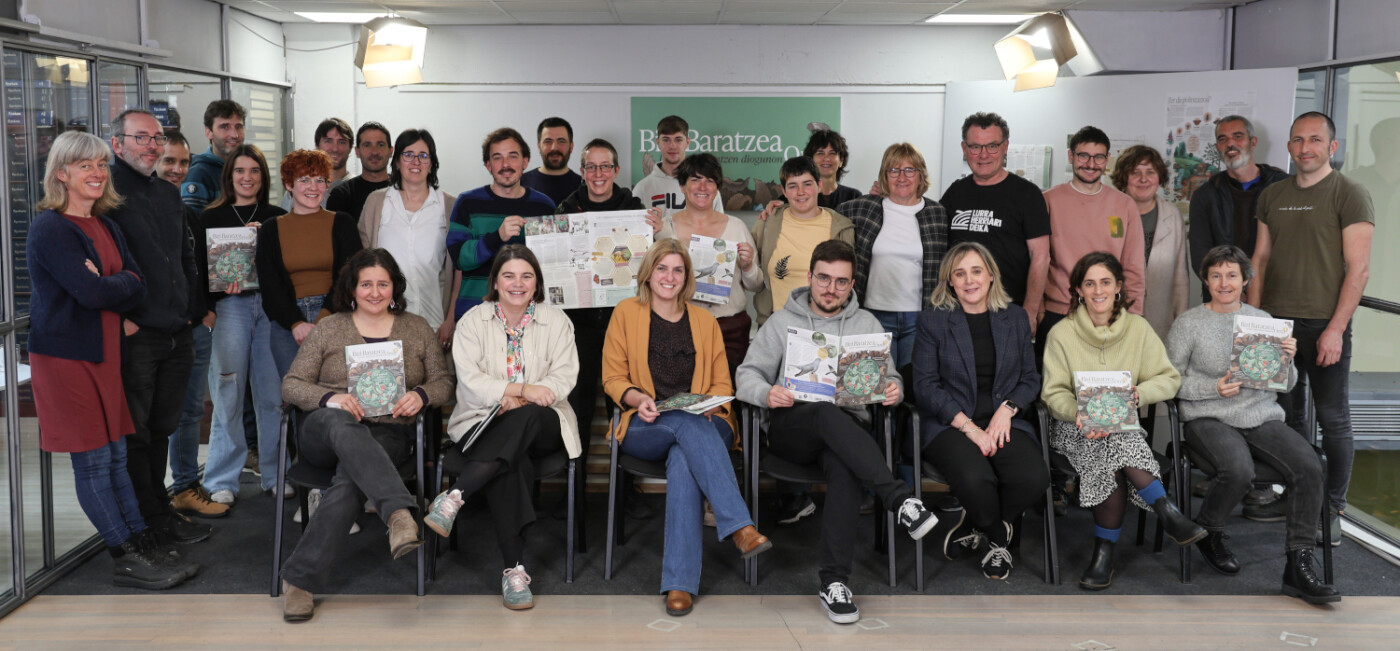The age of the fruit, the age of the seed
- It's time to harvest fruit. It's time to enjoy the fruits. That is why it produces fruits: we, the animals, for us to enjoy them. Eat fruit and make it nice. To perpetuate this pleasure, we reproduce these plants: we sow the seed or graft it to create them.

The time of fruits is that of seeds. The fruit is the seed. The purpose of the seed is to extend and propagate the caste of the plant. The fruit is only the way to that end.
The fruit is attractive to eat and is visible to the animal that is going to eat, dressed in a striking color and with an advantage pulp that passes the day. We will eat Marrubia (Fragaria vesca) and sow its seeds in the droppings. When the cow eats apple (Malus domestica) the seeds will be well covered on the forehead. Tejo (Taxus baccata) is poisonous from top to bottom (roots, wood, wood, leaves, bark...) but on the green and black foliage offers a bright red fruit, which complements the whim of the sweet lika of the red pulp, but the hard seed that goes inside will not be molded when your mill grinds it, but the mill and stomach break more easily.
In other occasions, the fruit is a protection for the seed. The seeds are big and nice for the animals. In order not to eat these seeds, the fruit is not appetizable, but rather smokes the lips and teeth. Chestnuts (Castanea sativa) are protected on hawthorn moths. The walnut (Juglans regia) is wrapped in a carnosus or colon. Don't bite that flesh, you'll repent.
Other seeds have hairs, such as poop (Populus nigra), dandelion (Taraxacum officinale) and lettuce (Lactuca sativa), for the wind to take them in the lap and rounding them. The seeds with wings are also the most vulnerable: ash (Fraxinus excelsior), tilia (Tilia spp). ), of maple and joint (Acer spp. ).
The lapa herbs (Arctium minus) produce couscous fruits at the end of the branch, passing the furry animal or clothes next to it and rubbing it, so that it can carry it away, glued to the clothing or to its hair.
The mother of the plants says “goodbye raised, goodbye, here or there, the daughter of a drinker”.








